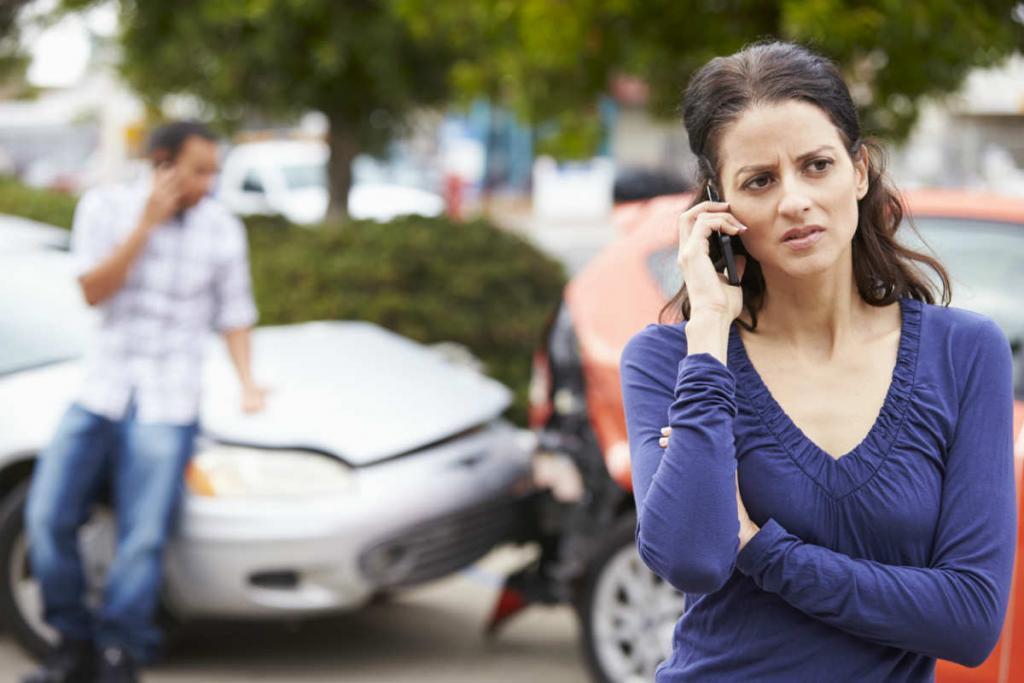You are considered “negligent” if you are found guilty of acting in a careless manner, which has led to someone else suffering damages, such as physical injuries or property damage.
Negligence lies at the core of many car accident insurance claims or even lawsuits. If you’ve been the victim of a car crash, chances are you’ll soon hear the term “negligence” being thrown around.
But what does it mean? And how do you prove it?

Understanding the Term
You are considered “negligent” if you are found guilty of acting in a careless manner, which has led to someone else suffering damages, such as physical injuries or property damage.
You can be negligent by doing something you should not have done (such as driving under the influence of drugs or alcohol), or by failing to do something you should have done (like signaling you’re about to change lanes).
When a driver is on the road, they must act in such a way as to not put themselves or others in danger. It’s why you have traffic laws in the first place. If a driver’s actions or inactions lead to someone getting hurt, they become liable.
How Do You Prove Negligence?
To prove negligence means you prove the other driver is liable for your damages. Generally, the elements that point to negligent driving are:
- The driver had a duty to act or refrain from acting a certain way
- The driver breached their duty
- This driver should have known their action or inaction could have lead to damages
- The victim suffered actual damages, such as physical injuries
You need to prove negligence because, in some cases, the driver that seems at-fault may not be actually liable for your injuries. For example, investigations into the event may show that the reason the car accident took place was a faulty traffic sign. Technically, the at-fault driver was respecting the law, by following the indications of the faulty sign, though their actions lead to a collision.
Here, the driver is not necessarily negligent, but rather the city, who has a responsibility to make sure their traffic signs are correct and working properly may be.
Missouri’s Comparative Fault System
In Missouri, there is a comparative fault system, which essentially means multiple parties may be liable for one car accident.
This directly affects car accident victims if it is found that they were also partially responsible for the collision, or their actions or inactions lead to more serious damages. In these cases, each party will receive a percentage of fault. Then, even if the car accident victim is still entitled to collecting damages, their settlement will be lowered by the percentage of fault they have. So for example, if you’re held 30% responsible, you will generally receive 70% of your damages.
Should You Speak With a Lawyer?
Proving fault sometimes takes more effort than just showing a traffic cam video. If you’ve been the victim of a car accident, it is a good idea to speak with an experienced car accident lawyer as soon as possible. Experienced attorneys understand how the insurance company will work hard to minimize the amount that it pays out for your claim. Ensure your legal rights are protected by reaching out to an attorney today!
Why Choose Us vs TV Lawyers?
Direct Attorney Access
Maximum Settlement Focus
Trial-Ready Cases
Paralegal Handling
Quick Settlement Push
Settlement-Only Focus
Free Consultation with a St. Louis Car Accident Lawyer
Don’t talk to an insurance claims adjuster before speaking with The Hoffmann Law Firm, L.L.C. We can help you avoid making statements that may affect the outcome of your case. The consultation is free; you don’t pay unless we get you money!
